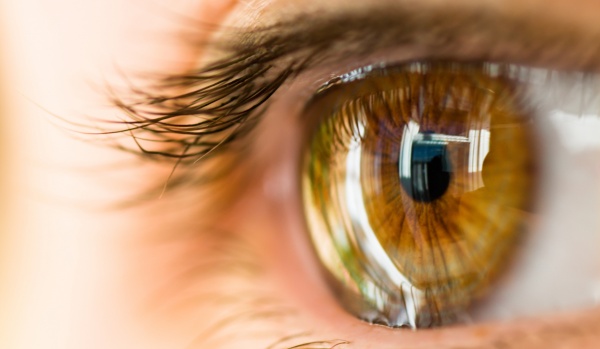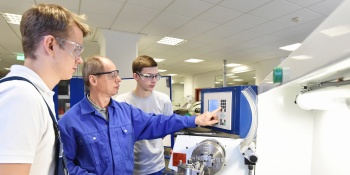
Synthetic membrane for ophthalmic treatments



Biodegradable

Sterilized and Safe

Anti-inflammatory Potential
PROBLEM
Ocular surface diseases with the most serious clinical consequences cause lesions that require expensive treatment based on cell replacement therapy, which is unaffordable for public health systems in less developed countries. the use of biomaterials of human or animal origin involves facing challenges such as scanty supply, the impossibility of sterilization, and the cost of maintaining tissue banks, making the exploration of synthetic alternatives a timely proposal.
SOLUTION
This newly developed product consists of a synthetic membrane manufactured under controlled conditions, structurally uniform, sterilized and stored at room temperature, which does not need cryopreservation. hence, it offers an alternative for ocular surface reconstruction procedures, with innumerable advantages to the patient and to public health systems.

Idea

Laboratory

Prototype

Scheduling

Market







